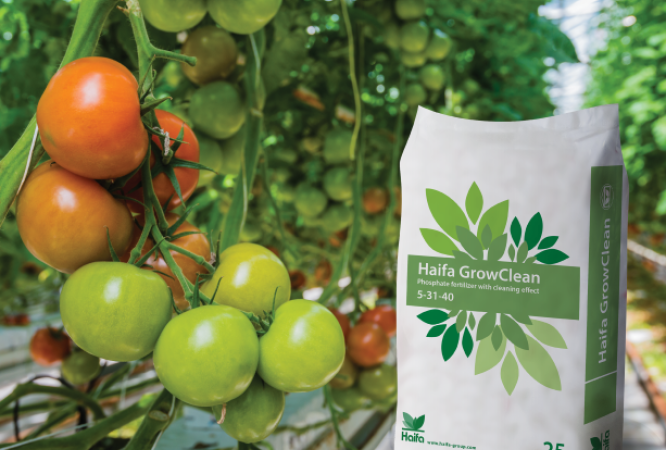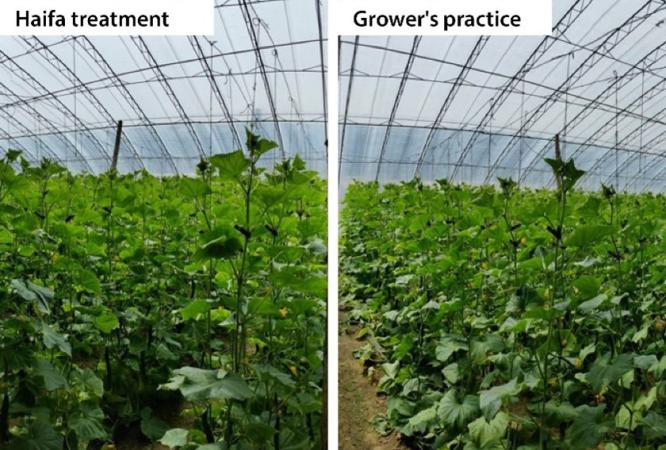 Unlocking the Hidden Clues to the Health of Vegetable Crops
Unlocking the Hidden Clues to the Health of Vegetable Crops
Understanding your vegetable crop's nutritional and environmental needs is crucial for optimal growth and yield. A simple field assessment can reveal valuable insights about plant health, soil conditions, and potential risks.
Observations from General Plot Overview
Uniformity in Plant Height
Variations in plant height may indicate over-irrigation, soil preparation issues, or poor seedling quality. High fruit loads on smaller plants exacerbate this unevenness.
Plant Color
- Pale plants could point to nitrogen deficiency or insufficient fertilization when using a compound fertilizer.
- Yellowish tops often signal micronutrient deficiencies, which are common in winter due to waterlogging or uptake problems. Pale coloration might also suggest nematode damage.
Soil Conditions
- Plastic-mulched soil may increase the likelihood of waterlogging.
- Excessively wet, muddy soil is a critical warning sign of water overuse. Excess water is one of the most damaging factors for plant health, as it can lead to rapid decline by causing root oxygen depletion, nutrient leaching, and fostering disease.
- Salinity buildup, even beyond the drip lines, may result from irrigation or fertilization practices. Check water quality and adjust your fertilization regimen accordingly.
Observations from Row Inspections
Foliage Density
Sparse canopies, where you can see through the plants to the next rows, often indicate insufficient growth due to general or specific nutrient deficiencies, water imbalances, or salinity issues. Weak growth may also suggest phosphorus deficiency.
Leaf Size
- Oversized leaves could indicate over-fertilization.
- Small, dark leaves may also result from over-fertilization, while small, pale leaves suggest insufficient nutrients.
Fruit Load
High fruit loads at an early stage can slow growth and even halt it. Adjust fertilization to balance fruit load and vegetative growth.
Observations from Individual Plants
Stem Thickness
Thin stems may indicate nutrient imbalance—pale stems suggest a deficiency, while dark stems hint at excess fertilization.
Leaf Symptoms
Temporary deficiencies, showing up in specific plant layers, may be resolved without further action. Persistent leaf damage could signify pests, diseases, or improper pesticide use.
Flowering and Pollination
Lack of fruit set despite optimal weather and conditions may suggest excess nitrogen.
New flowering near growth tips indicates healthy plants; otherwise, revisit nitrogen levels.
Unusual Leaf Characteristics
Deformations or burns may stem from incorrect pesticide or nutrient application.
Professional Guidance: The Key to Success
Field observations provide critical data for diagnosing issues, but addressing complex problems often requires expert advice. Consult a professional agronomist for tailored instructions and corrective measures to resolve issues such as nutrient imbalances, pest infestations, and water management challenges. Their expertise can help you take the right steps to safeguard your crop’s health and maximize its potential.
Elevate Your Insights with Croptune™
Field observations are an essential starting point, but for deeper insights into your crop's nutritional health, rely on technology. Croptune™ is your go-to tool for analyzing nitrogen levels and optimizing fertilization strategies.
By combining field observations, expert advice, and real-time app insights, you can make informed decisions to boost your crop's performance.




